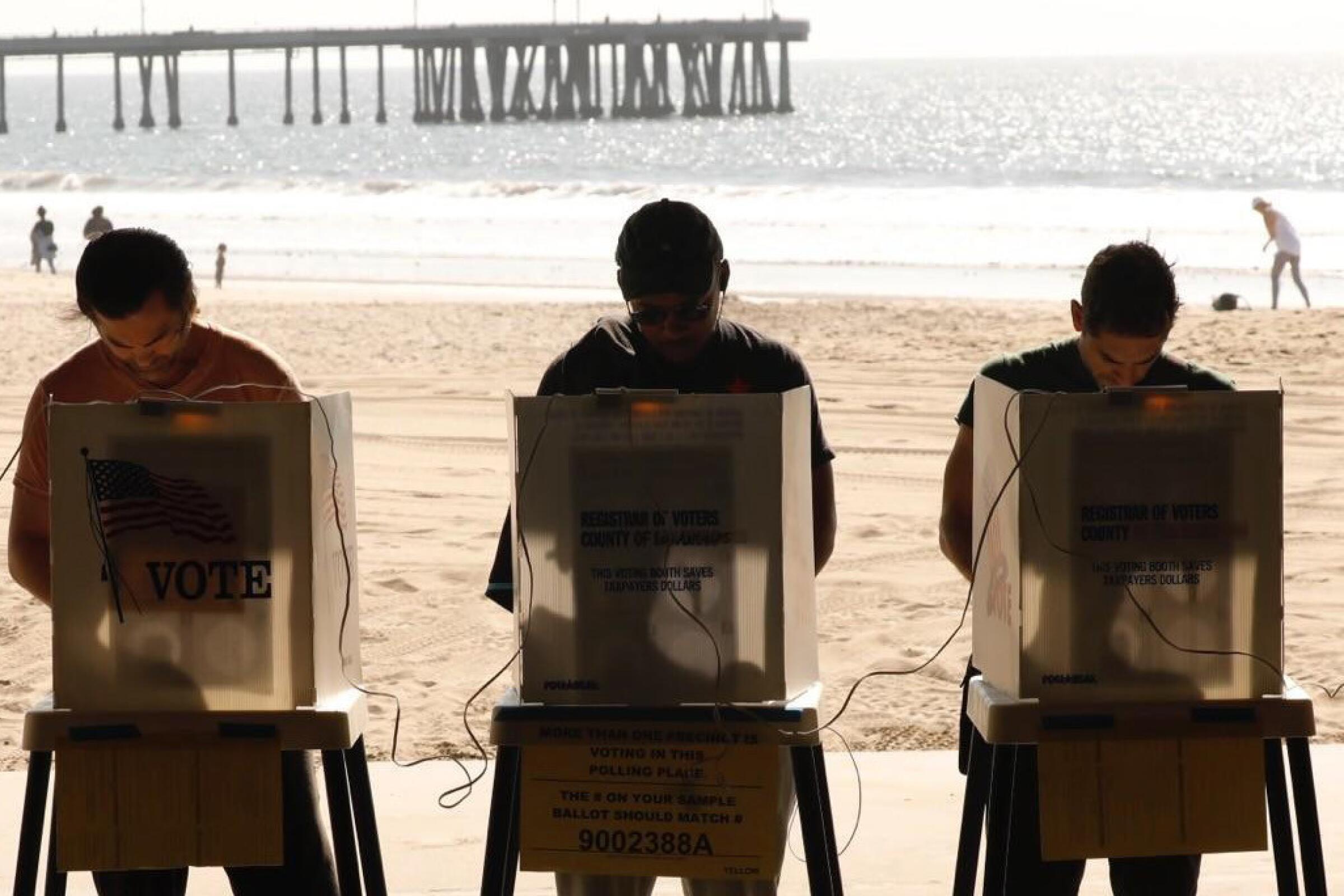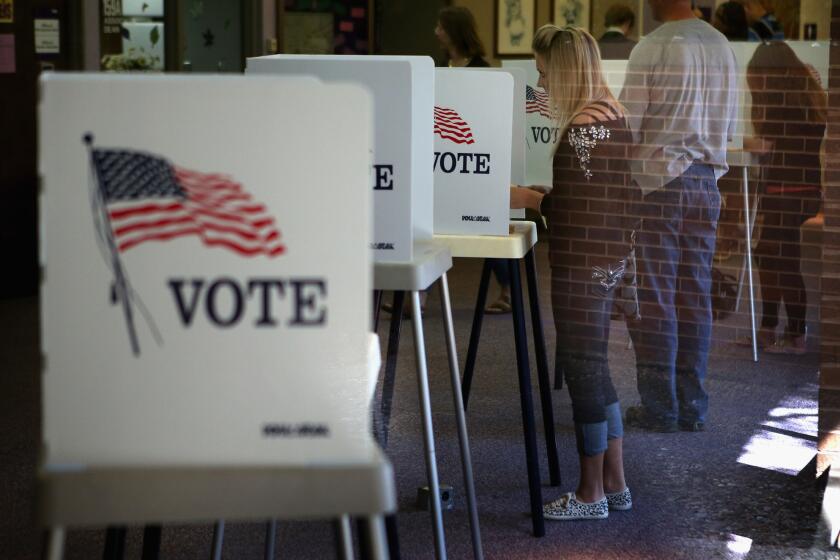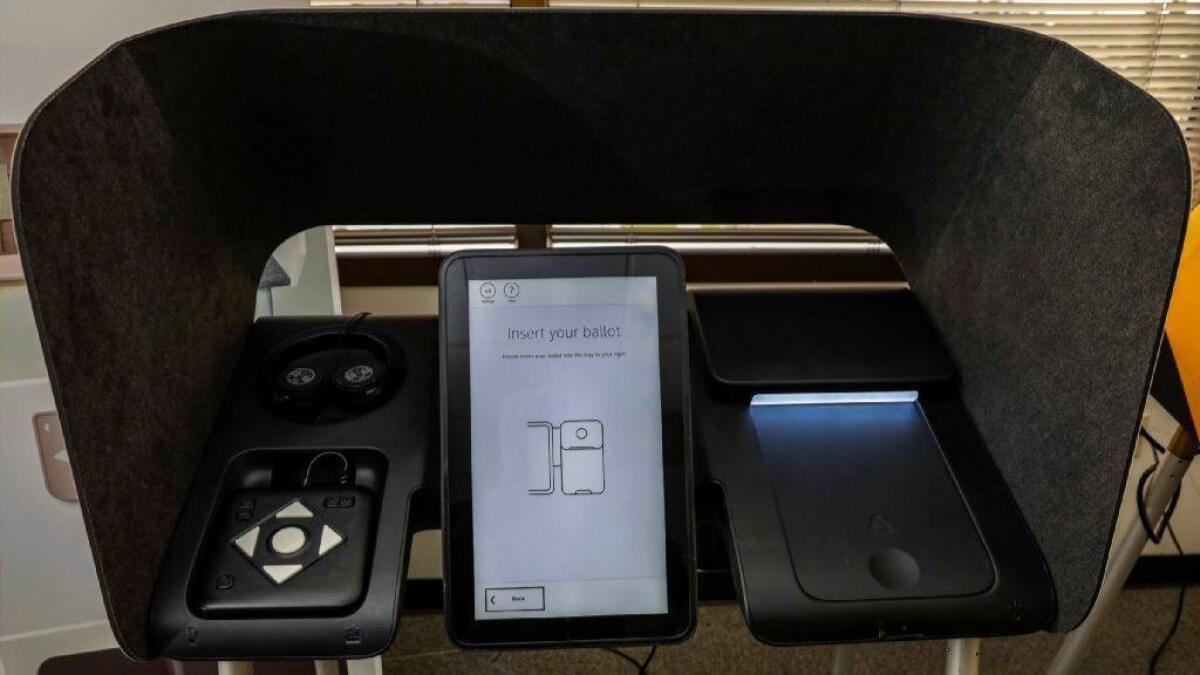Get the L.A. Times Politics newsletter
Deeply reported insights into legislation, politics and policy from Sacramento, Washington and beyond. In your inbox three times per week.
You may occasionally receive promotional content from the Los Angeles Times.
Phi Do is a data journalist for the Los Angeles Times. Before joining The Times in 2018, she helped develop databases for Voice of OC and wrote for the Santa Barbara Independent and the Hollywood Reporter. She graduated from UC Santa Barbara where she created a new data journalism section at the student newspaper, the Daily Nexus. When not reporting, she spends her time making films and playing D&D. Tips can be sent to Signal: (213) 267-3953.
Melissa Gomez is an enterprise reporter on the State Team who joined the Los Angeles Times in 2018. She reports on a range of news and issues, with a special focus on the Central Valley. She previously covered education and the 2020 presidential campaign at The Times. A native Floridian, she graduated from the University of Florida.
Follow Us
Adrienne Shih is a former audience engagement editor for national politics who was based out the Los Angeles Timesā Washington, D.C., bureau.














